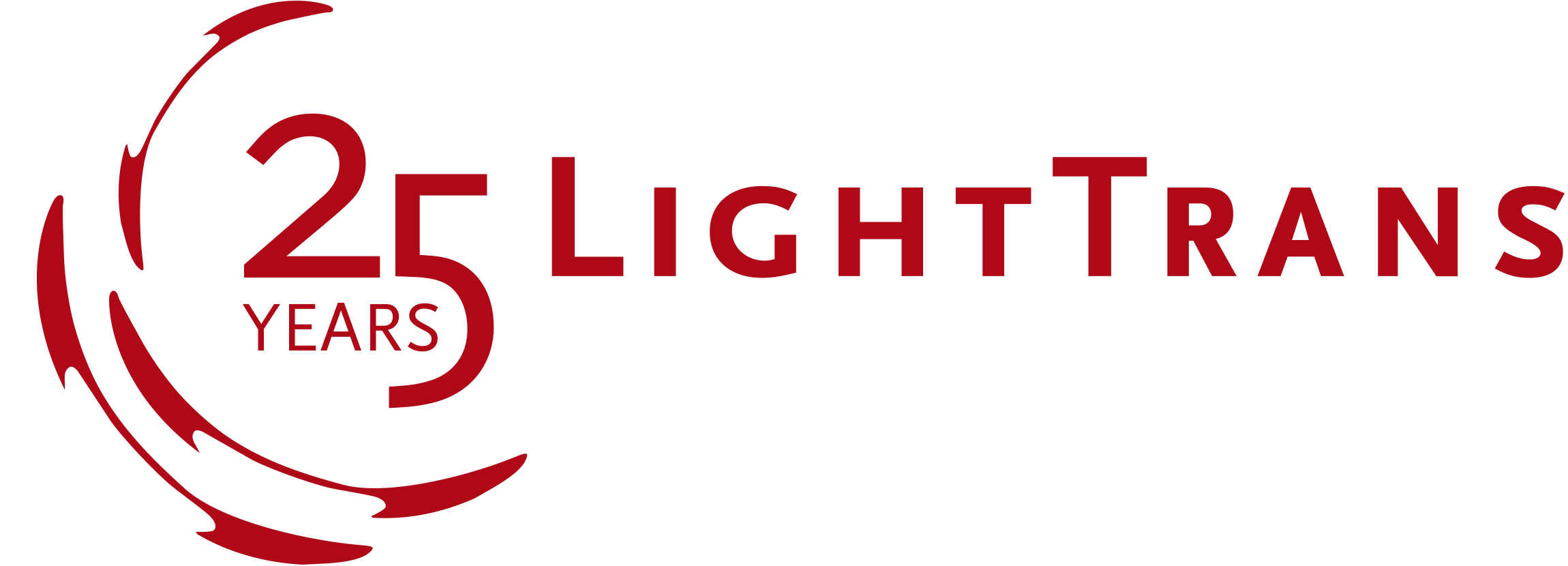Imaging Systems
Modeling lens systems by fast physical optics provides reliable PSF/MTF evaluation including ghost images and partial coherence, and the inclusion of gratings, HOEs and diffractive lenses.
Imaging systems constitute one of the historic cornerstones of optics. Their applications are manifold, and consequently, so are the requirements placed upon them: inclusion of diffractive elements alongside traditional lenses, computation of advanced PSFs/MTFs, consideration of multiple reflections in the system… VirtualLab Fusion helps you successfully undertake all of the above in the simulations of your optical systems via its fast physical optics model, implemented with a friendly user interface.
Benefits
- Easy switching between ray and physical optics modeling.
- Inclusion of diffractive lenses and gratings.
- PSF/MTF calculation for arbitrarily shaped and not fully illuminated apertures.
- Fast PSF/MTF calculation for high-NA systems.
- Fully vectorial analysis.
- Non-sequential modeling.
Selected Topics
Expand the boxes below and/or click on the links for more detailed info.
Diffractive Lenses
Diffractive lenses are a vital part of numerous optical systems, where they play fundamental practical roles like
- correction of chromatic aberration
- aiding system compactness (reduced size and weight)
VirtualLab Fusion is endowed with the tools to enable the far-from-straight-forward simulation of this family of components, yielding both ray and physical optics results.
Advanced PSF/MTF
The latest technological advances make a requirement of overstepping the traditional understanding of PSF/MTF calculations, where a perfectly round aperture is assumed to be homogeneously illuminated. VirtualLab Fusion envisages fast calculation of realistic PSFs/MTFs
- for arbitrarily shaped apertures
- for inhomogeneous illumination of the aperture
- for high-NA systems
- for off-axis incidence
- automatically including vectorial effects
Ghost Images
Multiple reflections at the different surfaces conforming an optical system may create, on purpose or otherwise, additional physical effects of interest worthy of investigation. The simulation of these phenomena requires a cogent non-sequential theoretical basis, like the one included in VirtualLab Fusion. Investigate, through ray tracing and physical optics, the presence of ghost images and other non-sequential effects in your system with VirtualLab Fusion.
Inclusion of Gratings
Simulating imaging systems which include grating elements is a necessary task with practical applications: for instance, to model the behaviour of wafer inspection systems. VirtualLab Fusion facilitates the exercise through its fast physical optics approach, allowing for
- the inclusion of gratings in high-NA systems
- the consideration of realistic diffraction efficiencies
- automatically taking into account vectorial effects
- dealing with holographic optical elements and volume gratings
in both ray and physical optics simulations.




